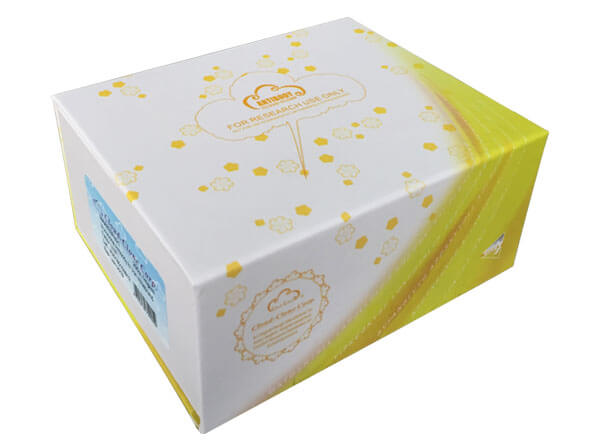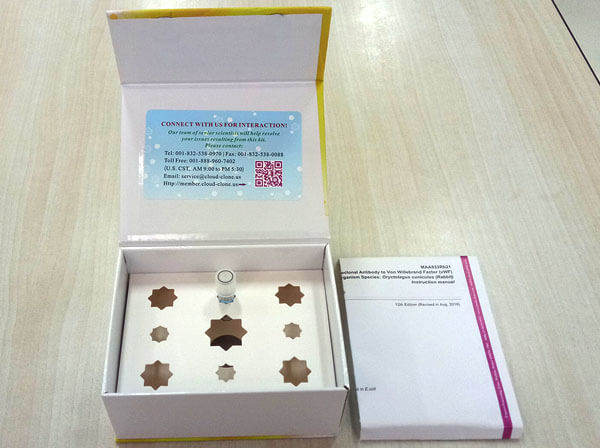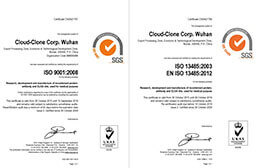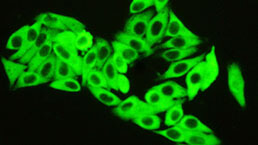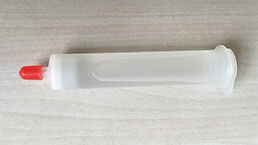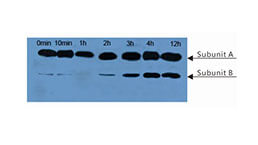Monoclonal Antibody to Indole 3 Acetic Acid (IAA) 

IA-A; Indolylacetic Acid; Indoleacetic Acid; Heteroauxin
- UOM
- FOB US$ 180.00 US$ 420.00 US$ 600.00 US$ 1,500.00 US$ 6,000.00
- Quantity
Overview
Properties
- Product No.MAA737Ge21
- Organism SpeciesPan-species (General) Same name, Different species.
- ApplicationsELISA
If the antibody is used in flow cytometry, please check FCM antibodies.
Research use only - Downloadn/a
- CategorySignal transductionHormone metabolism
- SourceMonoclonal antibody preparation, Host Mouse
- Ig Isotype IgG1 Kappa, Clone Number C5
- PurificationProtein A + Protein G affinity chromatography
- LabelNone
- Immunogen CPA737Ge11-BSA Conjugated Indole 3 Acetic Acid (IAA)
- Buffer Formulation0.01M PBS, pH7.4, containing 0.05% Proclin-300, 50% glycerol.
- TraitsLiquid, Concentration 1mg/mL
Sign into your account
Share a new citation as an author
Upload your experimental result
Review

Contact us
Please fill in the blank.
Specifity
The antibody is a mouse monoclonal antibody raised against IAA. It has been selected for its ability to recognize IAA in ELISA and CLIA.
Usage
Enzyme-Linked Immune Immunosorbent: 100ng/mL;
Optimal working dilutions must be determined by end user.
Storage
Store at 4°C for frequent use. Stored at -20°C in a manual defrost freezer for two year without detectable loss of activity. Avoid repeated freeze-thaw cycles.
Stability
The thermal stability is described by the loss rate. The loss rate was determined by accelerated thermal degradation test, that is, incubate the protein at 37°C for 48h, and no obvious degradation and precipitation were observed. The loss rate is less than 5% within the expiration date under appropriate storage condition.
Giveaways
Increment services
Citations
- Assisted phytoremediation of mixed metal(loid)-polluted pyrite waste: effects of foliar and substrate IBA application on fodder radishPubMed: 21570105
- Contribution of indole-3-acetic acid in the plant growth promotion by the rhizospheric strain Bacillus amyloliquefaciens SQR9Springer:Source
- Structural and metabolic alterations in root systems under limited water conditions in forage grasses of Lolium-Festuca complex
- Indole-3-Acetic Acid Alleviates Nonalcoholic Fatty Liver Disease in Mice via Attenuation of Hepatic Lipogenesis, and Oxidative and Inflammatory StressPubmed: 31484323



